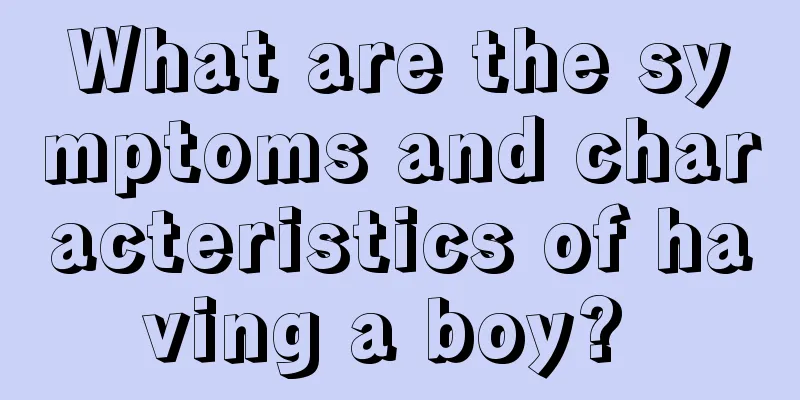What are the symptoms of keratitis

|
Keratitis is a common inflammation in clinical practice. It is a common ophthalmic disease. There are many types of keratitis. The symptoms of different types of keratitis are different. The treatments for different types of keratitis are also different. We should also pay attention to the care and prevention of keratitis. 1. Bacterial: Acute onset, history of corneal trauma or contact lens wearing, photophobia, tearing, pain, visual impairment, eyelid and conjunctival edema, ciliary congestion or mixed congestion, corneal ulcer, and anterior chamber abscess. 2. Fungal: The onset is slow, with a history of vegetative corneal trauma or long-term use of hormones and antibiotics. The irritation symptoms are mild, with white or milky ulcers, and the anterior chamber abscess is grayish white, sticky or pasty. simple 3. Herpes virus: Primary cases are common in young children, with fever and swollen preauricular lymph nodes; recurrent cases are mostly unilateral. 4. Acanthamoeba: History of corneal contact with contaminated water sources, mostly unilateral disease, radial keratitis, central or paracentral annular infiltration of the cornea or central discoid lesions. 5. Stromal Keratitis: The most common late manifestation of congenital syphilis is adolescent onset, unilateral, more common in females than in males. In the early stage, sectoral keratitis infiltration and KP are seen, and deep stromal neovascularization appears later. 6. Mooren's ulcer: It is more common in adults, with severe eye pain, photophobia, tearing, decreased vision, corneal perforation, corneal scarring and vascularization. Keratomas: Slow onset in both eyes, night blindness as early manifestation, decreased tear production, Bitot spots. 7. Superficial punctate keratitis: Foreign body sensation, photophobia, mild visual impairment, and punctate staining of the corneal epithelium. 8. Filamentary keratitis: Foreign body sensation, photophobia and tearing, symptoms aggravated by blinking and relieved by closing eyes, filaments can be seen on the cornea, and small grayish-white subepithelial opacities can be seen below the filaments. Recurrent 9. Corneal epithelial erosion: Eye pain occurs at night or early in the morning, accompanied by red eyes, photophobia and tearing. In severe cases, there is tearing pain, obvious foreign body sensation and irritation, and swollen eyelids. In severe cases, it may cause endophthalmitis. 10. Exposure: The lesion is located in the lower 1/3 of the cornea. In the early stage, the cornea and conjunctival epithelium are dry and rough, the conjunctiva is congested and thickened, and the corneal epithelium is defective. |
<<: How to prevent fire, the harm is immeasurable
>>: What to do with allergic keratitis
Recommend
Why is the incidence of colorectal cancer high
Everyone should be familiar with the disease of c...
What medicine to use for peeling hands
For the symptom of peeling hands, we should choos...
Six three-minute sessions a day can extend your life by ten years
1. Brush your teeth for 3 minutes Dentists recomm...
Is the small nodule in the right lower lung serious?
The appearance of small nodules in the right lowe...
8 things more deadly than losing your virginity after drinking
Compared with women and war, good wine is a man&#...
Are there any particular requirements for table placement
A dining table is an essential piece of furniture...
What are the symptoms of glioma
Glioma is one of the most common malignant tumors...
4 bad dinner habits that are most harmful to your stomach
Many people's consciousness habits are incorr...
How to remove the formaldehyde smell from the sofa?
Formaldehyde is everywhere in our daily life. It ...
Rehabilitation treatment of shoulder-hand syndrome
In daily life, people often encounter shoulder-ha...
Is colon cancer "delayed"? Seek medical attention immediately if you experience these symptoms!
Is colon cancer "delayed"? The formatio...
How to use a sonic toothbrush
There are many types of toothbrushes. The most co...
My arm hurts after having my blood drawn
In our daily lives, we may encounter various dise...
Will brain cancer cause bumps on the scalp?
Malignant tumors in the brain are common in gliom...
What is the current status of tongue cancer treatment
If you often eat spicy hotpot, you need to pay at...









